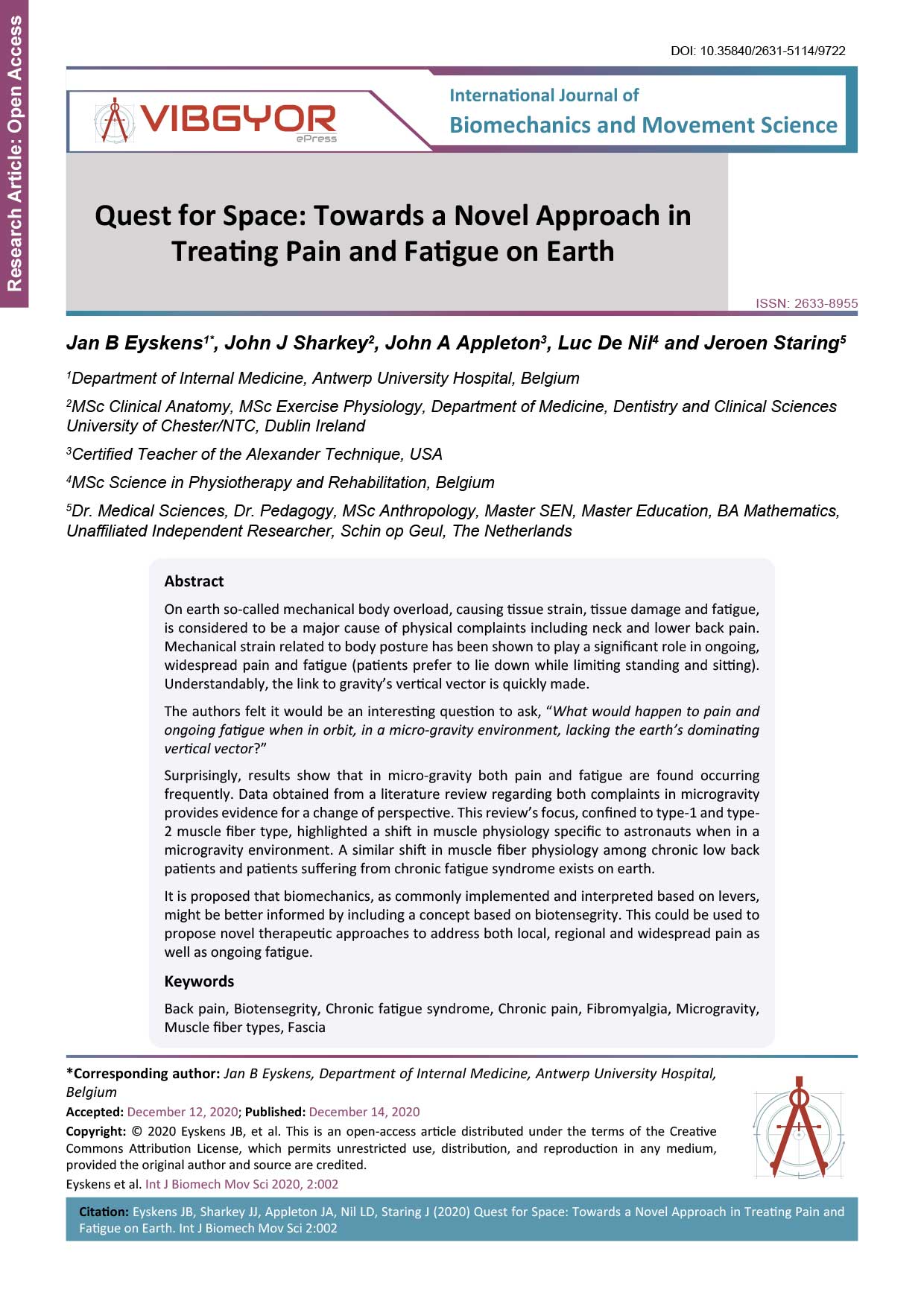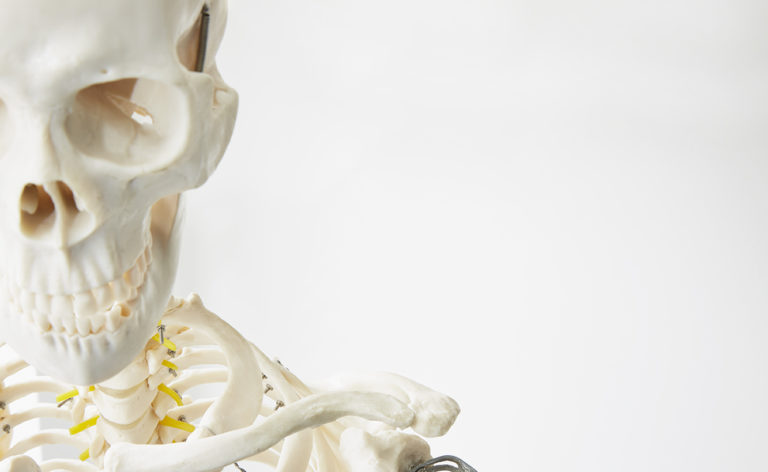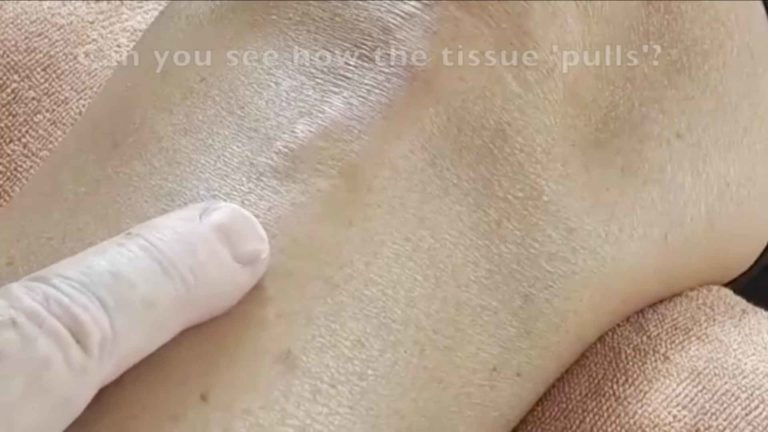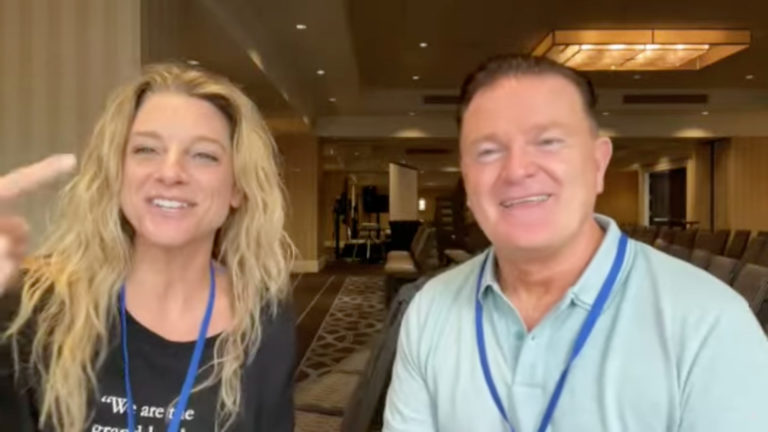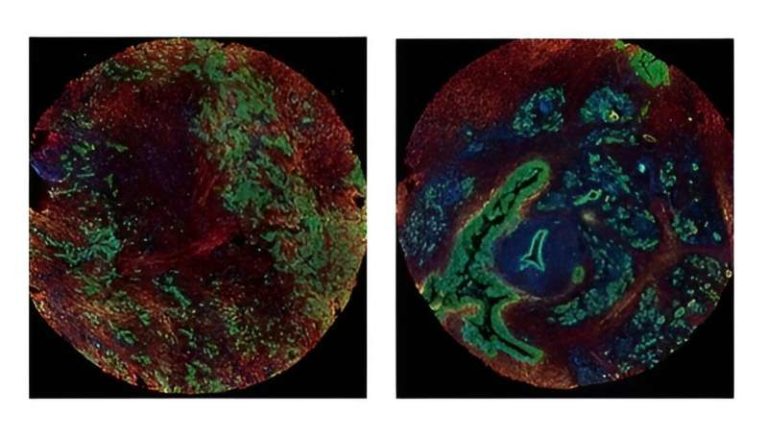Abstract
On earth so-called mechanical body overload, causing tissue strain, tissue damage and fatigue, is considered to be a major cause of physical complaints including neck and lower back pain. Mechanical strain related to body posture has been shown to play a significant role in ongoing, widespread pain and fatigue (patients prefer to lie down while limiting standing and sitting). Understandably, the link to gravity’s vertical vector is quickly made. The authors felt it would be an interesting question to ask, “What would happen to pain and ongoing fatigue when in orbit, in a micro-gravity environment, lacking the earth’s dominating vertical vector?” Surprisingly, results show that in micro-gravity both pain and fatigue are found occurring frequently. Data obtained from a literature review regarding both complaints in microgravity provides evidence for a change of perspective. This review’s focus, confined to type-1 and type- 2 muscle fiber type, highlighted a shift in muscle physiology specific to astronauts when in a microgravity environment. A similar shift in muscle fiber physiology among chronic low back patients and patients suffering from chronic fatigue syndrome exists on earth. It is proposed that biomechanics, as commonly implemented and interpreted based on levers, might be better informed by including a concept based on biotensegrity. This could be used to propose novel therapeutic approaches to address both local, regional and widespread pain as well as ongoing fatigue.
Not joined up yet?
There’s plenty of reasons to join the LCSP Register
Insurance Partners
Our dedicated team can tailor individual policies to suit your specific needs
Workshops
Keep your skills up to date with CPD Workshops and courses
Business Support
Advice tailored to working in the private sector
Find a Therapist
Our directory of therapists searchable by the general public
Welfare Officer
Supporting members who may have situations of difficulty where they need assistance, guidance or reassurance.
